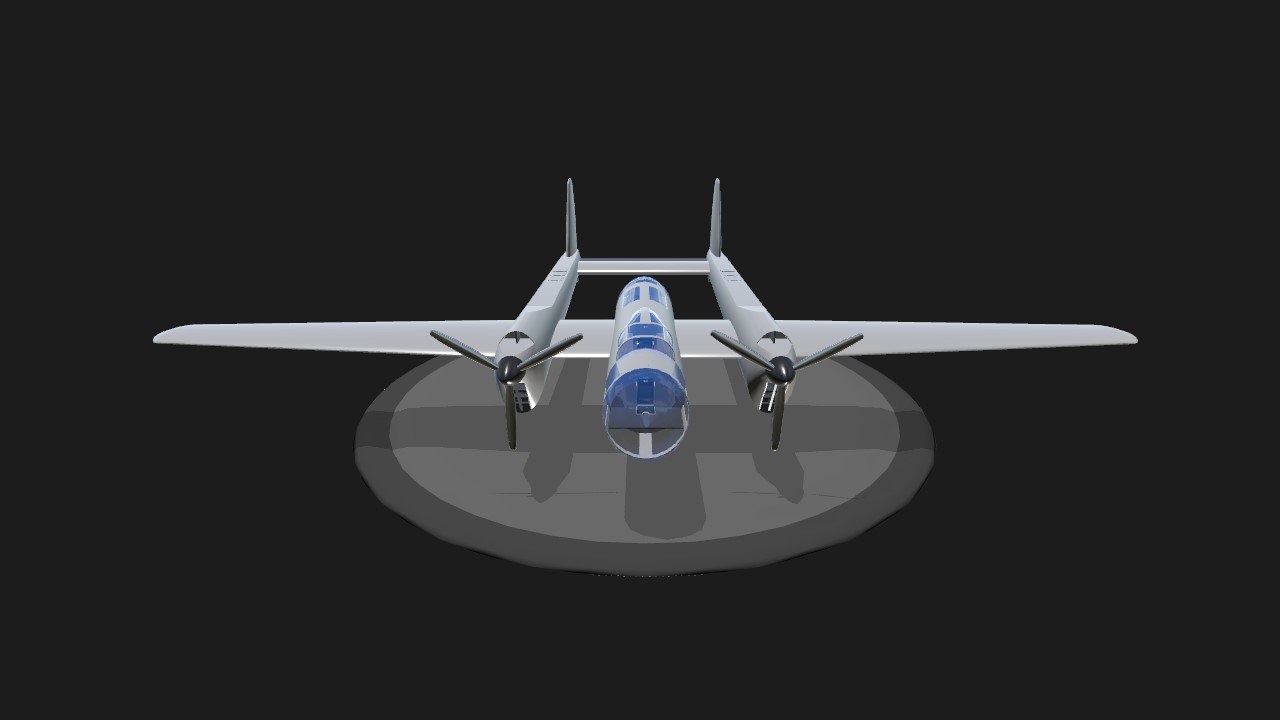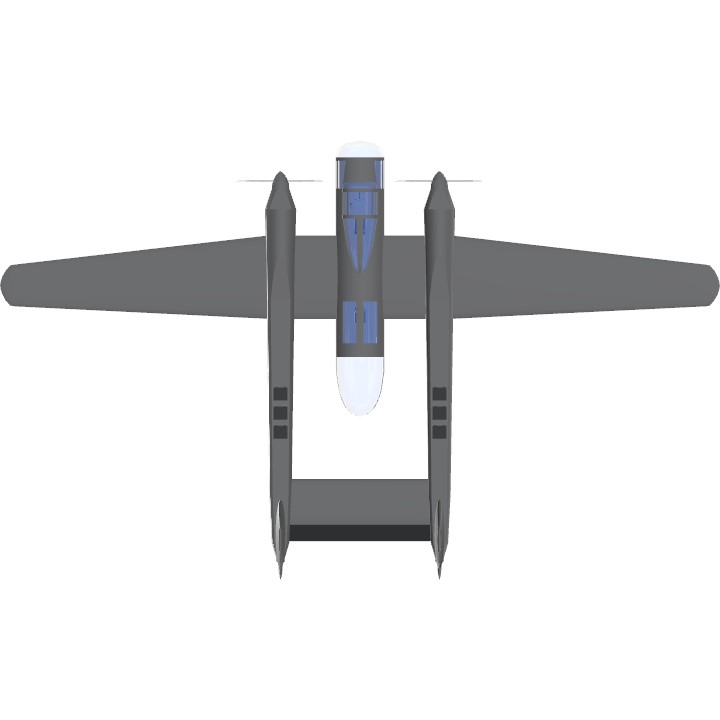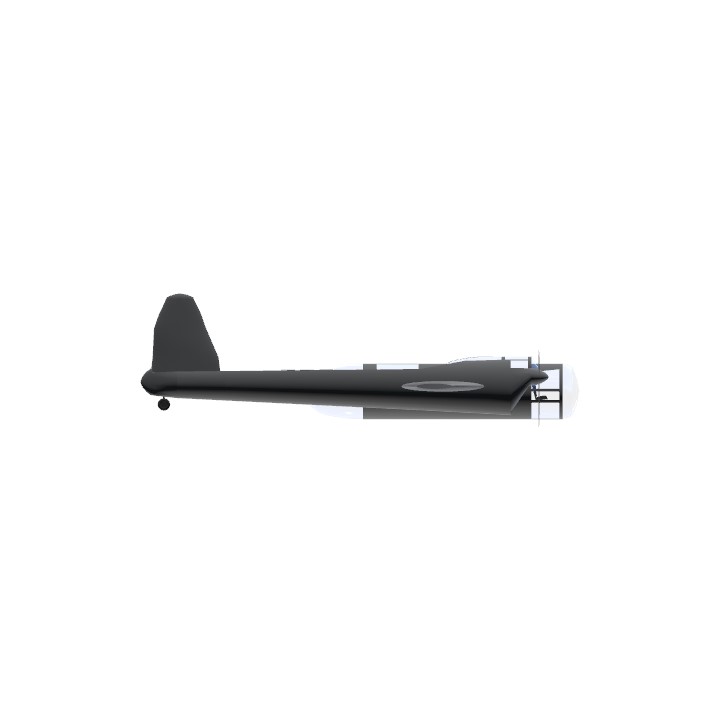Halvar y Sons HS-2 Twin-engined Reconnaissance Aircraft from 1937
Developed by the renowned Halvar y Sons Aeronautical Works in the Yeager Island airbase, the HS-2 "Ocean Pike" became a cutting-edge twin-engined reconnaissance and maritime light strike platform by the 1930's standards.

Designed during 1934 and 1935, it was first flown in 1936, flight tests of the HS-2 reflected the company’s dedication to rugged reliability and extended range, however, early models did not include defensive or offensive armament and had to be often escorted by fighter aircraft.
Powered by twin radial engines, the HS-2 offered an excellent stability and enhanced visibility from its cockpit section and other sections of the aircraft. Its distinctive twin-tail boom layout allowed for superior control during low-speed passes and made it ideal for short coastal airfields, making it almost the first STOL aircraft thanks to its lightweight fuselage design.

Primarily intended for coastal reconnaissance, later models developed anti-submarine patrol, naval strike coordination and even bomber roles during its service, later prototypes we're even planned to adopt the heavy fighter role for dogfights against other aircraft.
With its sleek, swept lines and aggressive stance, the HS-2 earned its respect from both crews and commanders, nicknamed “Ocean Pike” by its operators.
Specifications
General Characteristics
- Created On Windows
- Wingspan 84.9ft (25.9m)
- Length 51.8ft (15.8m)
- Height 15.7ft (4.8m)
- Empty Weight 26,256lbs (11,909kg)
- Loaded Weight 28,210lbs (12,796kg)
Performance
- Horse Power/Weight Ratio 0.07
- Wing Loading 44.2lbs/ft2 (215.7kg/m2)
- Wing Area 638.4ft2 (59.3m2)
- Drag Points 495
Parts
- Number of Parts 249
- Control Surfaces 11
- Performance Cost 1,252




